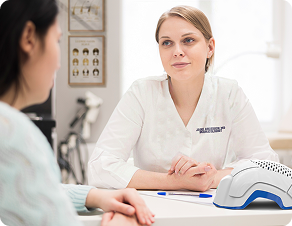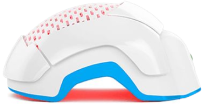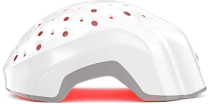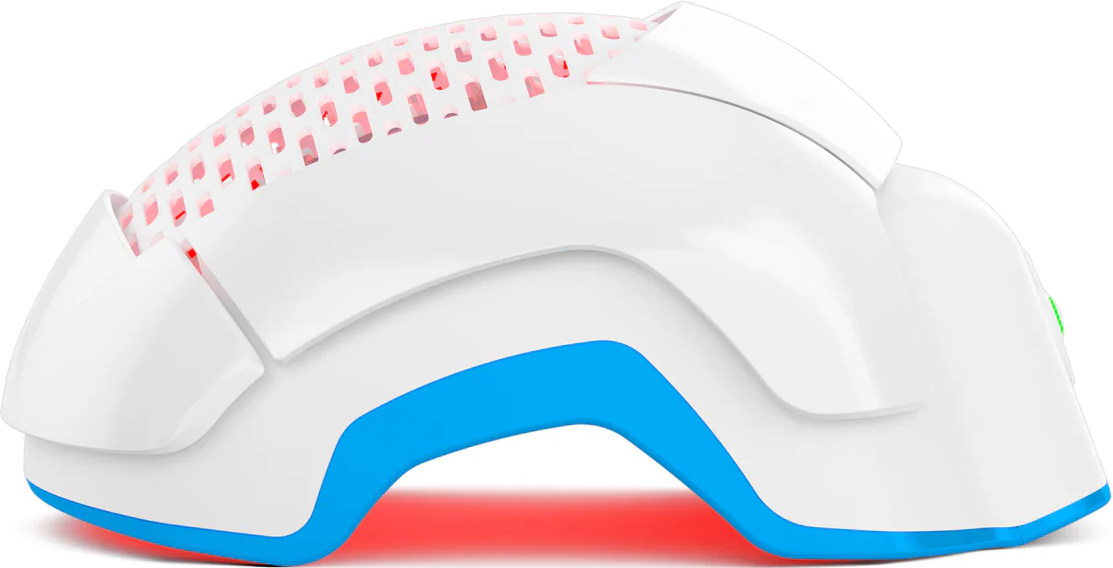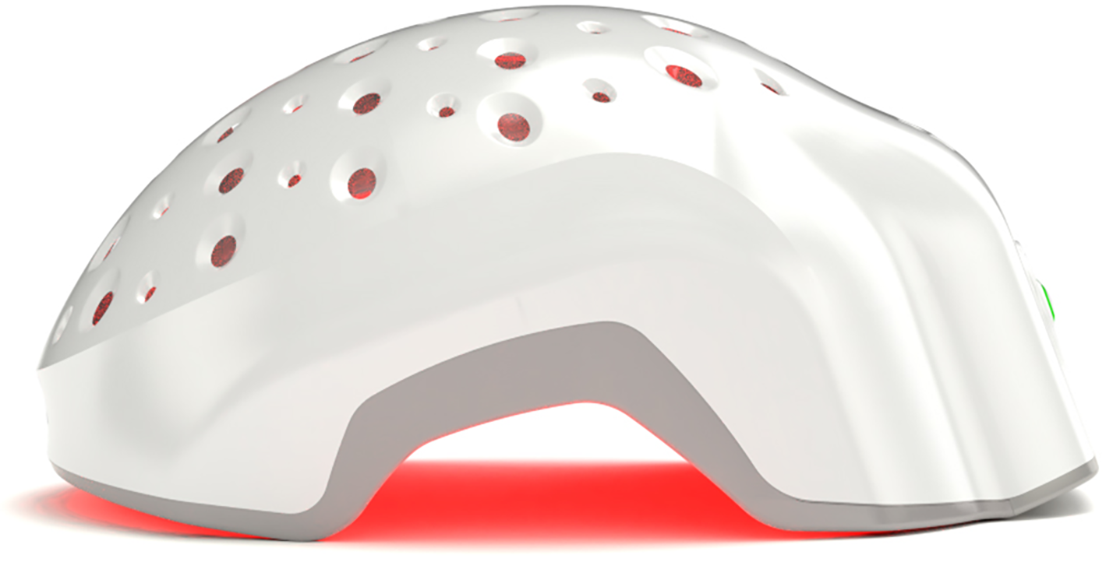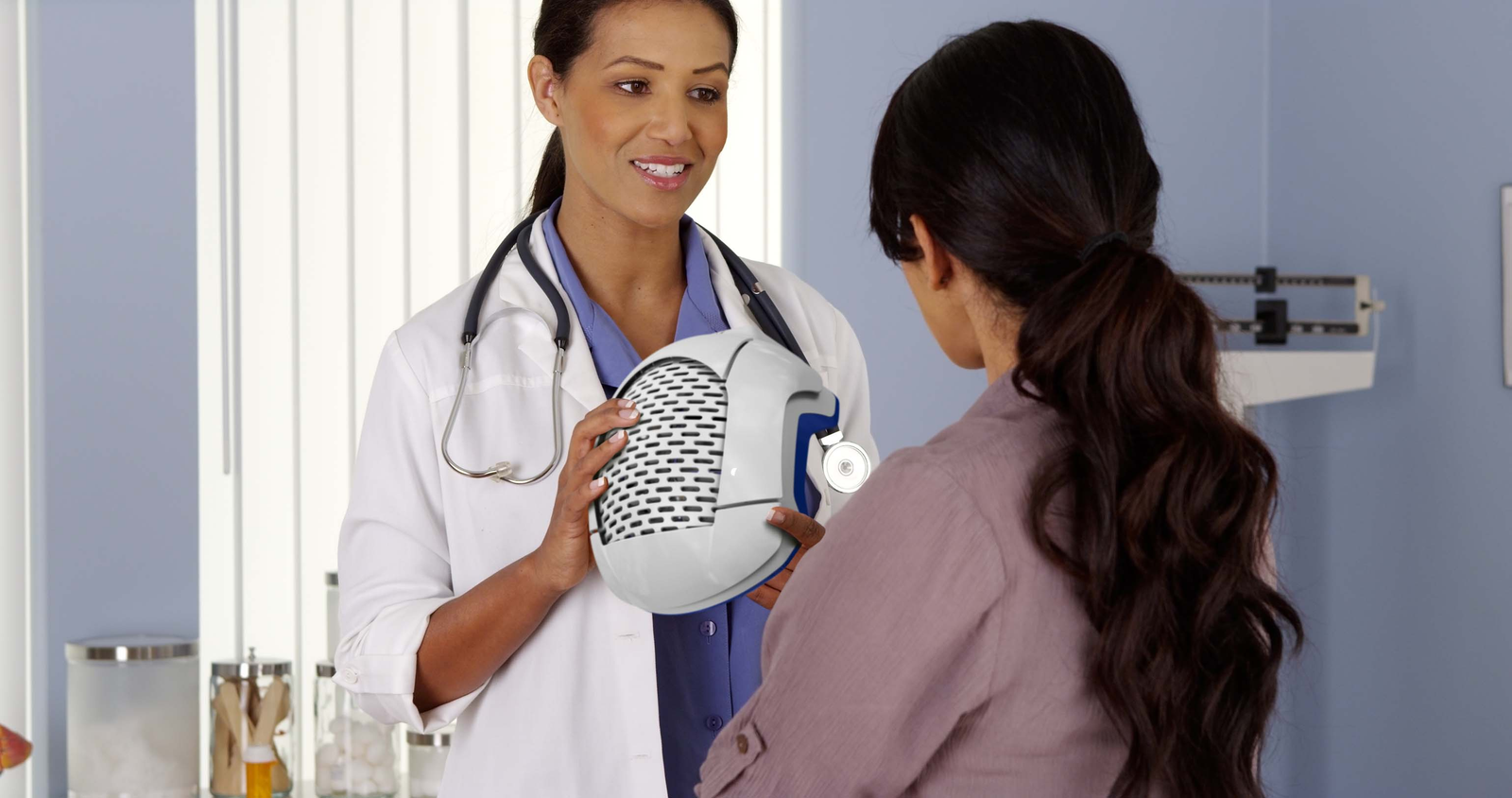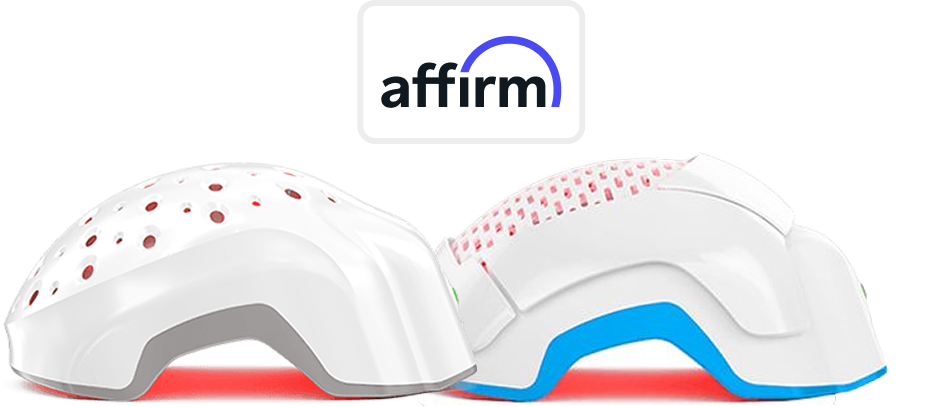Laser hair restoration sounds like a dream—painless, non-invasive, and using light to stimulate hair follicles without the commitment to medications or surgery. But does laser hair restoration work, or is it just another gimmick in a long line of "miracle" treatments? Spoiler alert: there’s real science behind this one, and the research might surprise you.
Here’s how it works: laser therapy uses low-level light to energize cells within hair follicles, increasing circulation and boosting ATP (the energy currency for cells). This uptick in energy can nudge hair follicles into their growth phase, making hair thicker and healthier-looking over time. Studies back it up, too: several trials have shown promising results, especially for people experiencing early-stage hair thinning.
So, does laser hair restoration deliver on its promise?
What is Laser Hair Restoration?
Laser hair restoration, also known as low-level laser therapy (LLLT), uses safe, low-power lasers to target scalp cells, stimulate follicles, and potentially improve hair density. Unlike other treatments requiring medications or needles, laser therapy is non-invasive and painless, making it a go-to for those wary of traditional hair loss solutions. LLLT works by delivering light energy to hair follicles, theoretically helping them enter their growth phase, which can lead to thicker, healthier-looking hair with consistent use.
For those dealing with early-stage hair thinning, laser therapy has become a leading option in non-invasive hair restoration – and the science is (mostly) on its side, showing promising results in reducing hair loss and stimulating growth when used consistently.
How Does Laser Therapy Work for Hair Loss?
Stimulating Hair Follicles with Light
Laser therapy for hair loss targets hair follicles by delivering low-energy light to the scalp. Here’s the science: these low-energy lasers penetrate the skin without causing damage, stimulating cells within hair follicles to increase their production of adenosine triphosphate (ATP). ATP, the energy powerhouse of cells, fuels cellular activity, encouraging follicles to shift into the anagen (growth) phase.
The theory is, with enhanced energy, hair follicles can grow stronger, denser hair with better resilience over time.
The effectiveness of laser therapy for hair loss varies from person to person, but numerous studies back its benefits, particularly for early-stage hair thinning. By boosting ATP levels, LLLT provides follicles with the resources they need to function optimally.
The Role of Photobiomodulation
This process describes how LLLT uses light to reduce scalp inflammation and speed up cell recovery. Here’s where photobiomodulation shines: it improves blood flow to the scalp, bringing essential oxygen and nutrients right where they’re needed. More blood flow means healthier hair follicles and a healthier scalp environment—both essential for sustainable hair growth.
Photobiomodulation’s role in red light therapy for hair loss is especially beneficial for those with androgenetic alopecia, as it helps combat the inflammation and poor circulation often associated with hair thinning. By activating follicles and promoting circulation, LLLT supports fuller hair over time—no needles or drugs involved. While it’s not a one-size-fits-all cure, early evidence points to the real potential for hair restoration when used consistently and as directed.
Benefits of Laser Hair Restoration
Low-level laser therapy for hair growth is gaining traction as a go-to, non-invasive solution for tackling hair thinning and early-stage hair loss. If the thought of needles, pills, or scalpels makes you cringe, LLLT offers an appealing alternative that’s both user-friendly and scientifically supported.
Here are the top benefits of this technology, from its painless process to its impressive laser hair restoration success rate.
1. Non-Invasive & Painless
LLLT is about as low-maintenance as it gets in the hair restoration world. Unlike transplants or microneedling, there’s no skin penetration, no downtime, and no anesthesia required. Whether you’re using a laser cap or a comb, it’s as simple as putting it on and letting the light do the work. By using specific wavelengths of light, these devices stimulate hair follicles without disrupting the scalp’s surface. For people avoiding surgical interventions, laser therapy provides a comfortable, hassle-free way to promote hair growth.
2. Safe for Long-Term Use
One of the biggest advantages of laser hair restoration is its safety profile, especially for those looking for sustainable, long-term solutions. Unlike certain medications that may come with a list of side effects (think hormonal imbalance, skin irritation, or even more hair shedding before things get better), LLLT is gentle on both scalp and body. Studies confirm that LLLT produces minimal adverse effects, making it a reliable option for those wanting consistent treatment without the constant worry of side effects. This makes it an excellent choice for maintaining results over months or years.
3. Stimulates Hair Growth
When it comes to hair growth stimulation, LLLT shines. By boosting blood flow to the scalp and increasing ATP production in follicular cells, laser therapy encourages follicles to enter the anagen (growth) phase. This stimulation can be particularly beneficial for those dealing with androgenetic alopecia in its early stages, as active follicles respond more robustly to treatment. With consistent use, LLLT has been shown to improve hair density and thickness, as well as reduce further hair loss over time. The overall effect is thicker, healthier hair for many users, especially when combined with other supportive haircare routines.
4. Easy to Use
Convenience is another big draw of LLLT. With FDA-cleared laser caps, helmets, and combs available, you can work LLLT into your daily routine effortlessly. Many devices are designed for use a few times per week, meaning you can incorporate LLLT without any drastic lifestyle changes or constant trips to a clinic. Simply set it, use it, and go about your day. The straightforward usability means users can achieve consistent results without needing a medical degree or scheduling appointments.
Clinical Trial of Theradome

According to a 2016 clinical trial on the Theradome PRO LH80, laser phototherapy showed significant results in treating androgenetic alopecia in males. The study, which was multicenter, randomized, and double-blind with a sham device control, demonstrated that all subjects using Theradome saw hair regrowth and slowed hair loss, as opposed to no regrowth in the sham group. This graphic illustrates the comparison in hair growth outcomes between Theradome and a placebo device.
Who Can Benefit from Laser Hair Restoration?
Laser therapy is generally best suited for individuals (both men and women) in the early stages of hair loss. Those experiencing androgenetic alopecia or mild thinning are likely to see the most noticeable improvements, as their follicles are still active. Individuals seeking non-surgical solutions may also find LLLT appealing for its ease of use and gradual effects.
However, LLLT is not a cure-all. Those with advanced baldness may find limited success, as the therapy is less effective on inactive follicles. Consulting a hair loss specialist can help determine if laser therapy fits your needs.
Check out the success stories of individuals with different types of hair loss who got benefits by using Theradome Laser Helmet.
Pros and Cons of Laser Hair Restoration
Pros
- Non-invasive and pain-free—great for those wary of needles and surgeries.
- Minimal side effects—most users report no significant issues, making it safe for long-term use.
- Convenient at-home use—many devices are FDA-cleared and easy to incorporate into your routine.
Cons
- Requires consistency—laser therapy is a long-term commitment, with results taking several months to appear.
- Higher cost upfront—devices can range from hundreds to thousands of dollars.
- Limited effectiveness for advanced hair loss—most effective on active follicles in early hair loss stages.
Choosing the Right Device for Laser Hair Restoration
In-Clinic vs. At-Home Devices
Laser therapy is available as both professional, in-clinic treatments and at-home devices. Clinic-based sessions offer high-intensity lasers for targeted sessions, though they can be costly. At-home devices are more affordable long-term and convenient for daily use, though they require regular commitment.
FDA-Cleared Devices and What to Look For
When choosing a device, go for FDA-cleared options that have been tested for safety and effectiveness. FDA-cleared caps and helmets are specifically designed to ensure user safety and promote healthy hair growth.
Conclusion
So, does laser hair restoration work?
For many people experiencing early-stage hair loss, the answer is a confident yes. Low-Level Laser Therapy (LLLT), or Laser Phototherapy (LPT), offers a promising, scientifically-backed solution by boosting blood flow, stimulating cellular activity, and promoting healthier, more resilient hair follicles. This cutting-edge technology has quickly emerged as the 21st-century solution for hair restoration, combining effectiveness with a non-invasive approach. While it won’t work miracles on advanced baldness, laser therapy provides a modern, safe, and potentially effective option for those looking to maintain and improve hair density over time.
